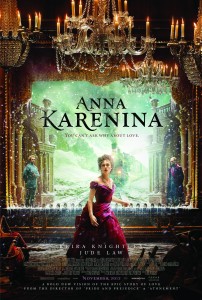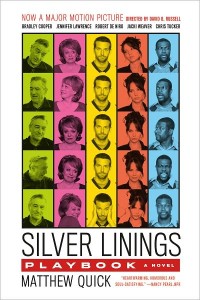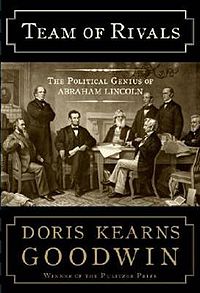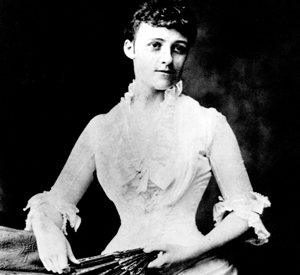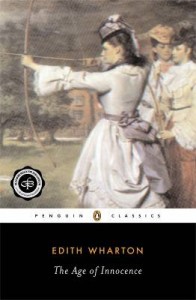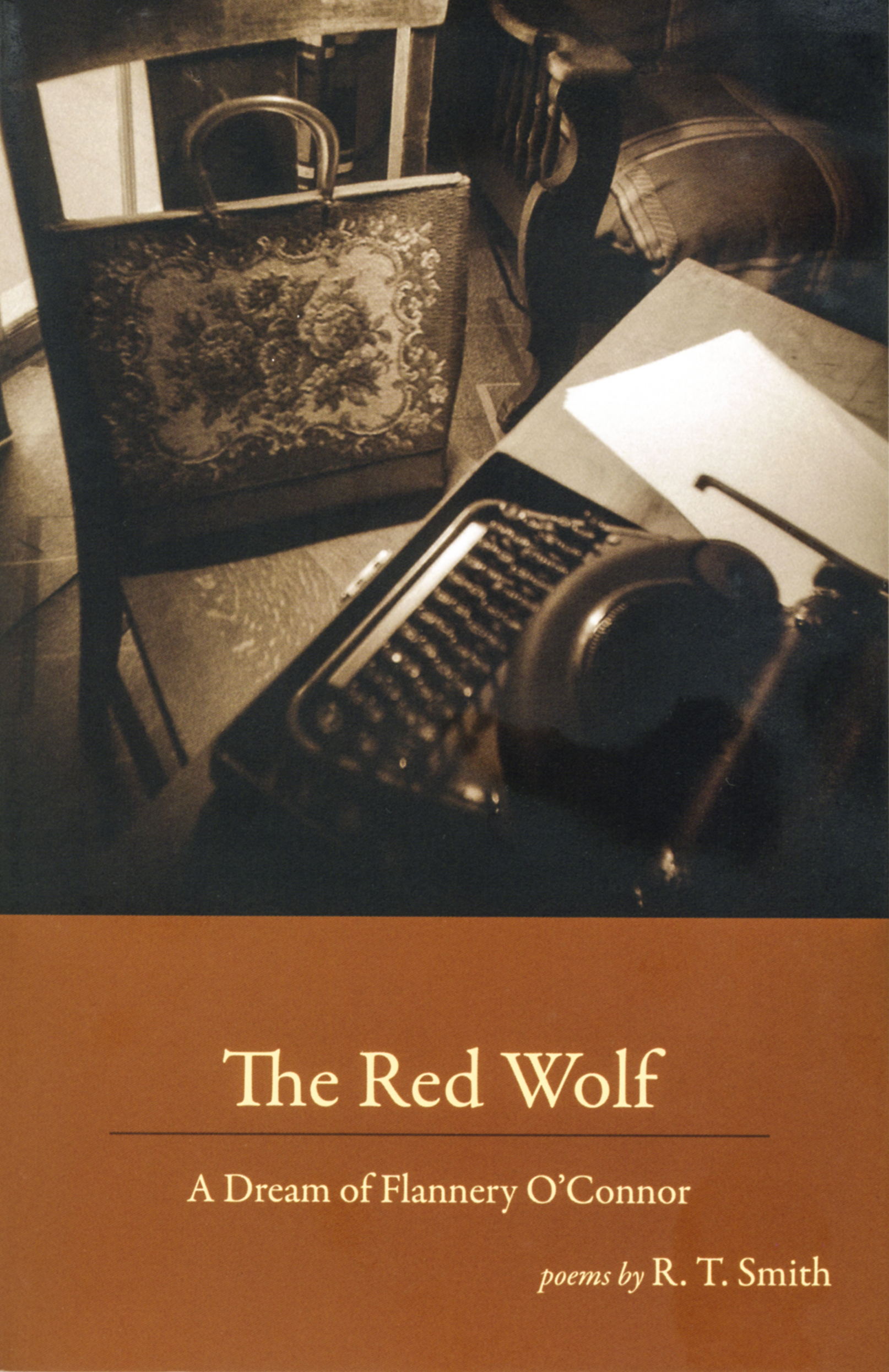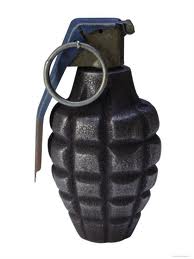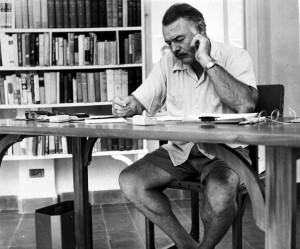 One of the most interesting concepts in literature is the writer’s inspiration. Whenever I read, I constantly wonder where authors get their ideas for stories and what motivates them to write. Usually I write because I am facing an encroaching deadline. The content of my writing also tends to be dictated by paper prompts and the books listed on my English course syllabi. I decided to investigate authors’ views on writing to gain some insight into their sources of inspiration and to find what really makes a writer tick. Toni Morrison said, “If there’s a book that you want to read, but it hasn’t been written yet, then you must write it.” Morrison’s statement concerns what the writer believes to be a void in the literary world. The author seeks to fill this void with his or her own writing, a self-motivated way to benefit literature as a whole.
One of the most interesting concepts in literature is the writer’s inspiration. Whenever I read, I constantly wonder where authors get their ideas for stories and what motivates them to write. Usually I write because I am facing an encroaching deadline. The content of my writing also tends to be dictated by paper prompts and the books listed on my English course syllabi. I decided to investigate authors’ views on writing to gain some insight into their sources of inspiration and to find what really makes a writer tick. Toni Morrison said, “If there’s a book that you want to read, but it hasn’t been written yet, then you must write it.” Morrison’s statement concerns what the writer believes to be a void in the literary world. The author seeks to fill this void with his or her own writing, a self-motivated way to benefit literature as a whole.
F. Scott Fitzgerald believed that writing develops out of a compulsion to share what one thinks or knows: “You don’t write because you want to say something; you write because you’ve got to say something.” According to Fitzgerald, writing is not born out of a desire,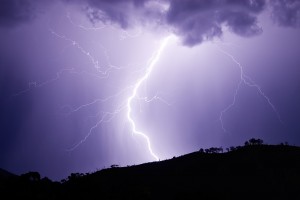 but a burning need, a mandate to “say something.” I believe writing is people’s way of aiding one another; writers share their life lessons and experiences through their works. A book can be a lifeline from an author to a reader, or even from one author to another. While the writing process can appear complicated and even daunting at times, some writers believe that transcribing thoughts to paper is a natural outpouring of their emotions.
but a burning need, a mandate to “say something.” I believe writing is people’s way of aiding one another; writers share their life lessons and experiences through their works. A book can be a lifeline from an author to a reader, or even from one author to another. While the writing process can appear complicated and even daunting at times, some writers believe that transcribing thoughts to paper is a natural outpouring of their emotions.
Ernest Hemingway described his thoughts about the writing process: “There is nothing to writing. All you do is sit down at a typewriter and bleed.” Personally, I have always been intimidated by writing. Staring at a blank word document when beginning a paper can be scary. 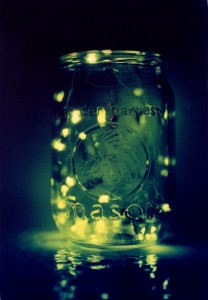 Although writing may be hard for me initially, I ultimately agree with Hemingway. The writer’s thoughts should spill from the mind to the page, becoming a reflection of his or her innermost thoughts and the author’s “need” to say something. However, the writing process can often pose difficulties, especially concerning diction. Twain’s statement perfectly describes the need for precise diction: “The difference between the right word and the almost write word is the difference between lightning and a lightning bug.” My first question about authors’ motivations and the root of their inspiration turned out to probe larger questions concerning the writing process and the precision required in creating a literary piece.
Although writing may be hard for me initially, I ultimately agree with Hemingway. The writer’s thoughts should spill from the mind to the page, becoming a reflection of his or her innermost thoughts and the author’s “need” to say something. However, the writing process can often pose difficulties, especially concerning diction. Twain’s statement perfectly describes the need for precise diction: “The difference between the right word and the almost write word is the difference between lightning and a lightning bug.” My first question about authors’ motivations and the root of their inspiration turned out to probe larger questions concerning the writing process and the precision required in creating a literary piece.


